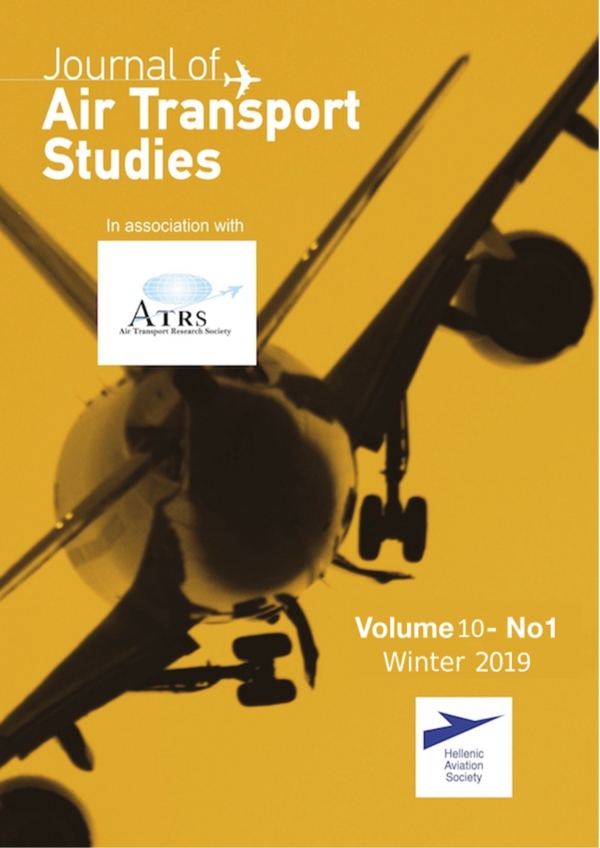MODELLING TRAVELLER’S GROUND ACCESS MODE CHOICE OF DUBAI INTERNATIONAL AIRPORT, UNITED ARAB EMIRATES
Main Article Content
Keywords
Dubai International Airport, ground access mode, Binary logistic regression model, air passengers, car, public transportation
Abstract
With increased demand for air travel, airports have become economic engines of the regional development that connect aviation systems with other modes of transportation facilitating the movement of people and cargo. Originating air passengers account for the majority of passenger trips to and from an airport and have different ground access needs. Since the air transportation is interrelated to ground transportation, studying ground access mode choice of airport users is a crucial part of airport management and system planning. The purpose of this study is to identify Dubai International Airport (DXB) ground access mode characteristics and users located in the United Arab Emirates (UAE), which has not been studied previously. Although there are many different modes of transportation serving the airport, yet personal vehicles are the main mode used to arrive to the airport. Binary logistic regression models are developed to evaluate access mode choice for originating air travelers focusing on the mix between private vehicle and public transportation system (taxi, limousine, bus network, and Dubai metro) using data collected specifically for this study. A total of 1012 air travelers were interviewed and completed the questionnaire in December 2014. Models result showed that access mode choice is significantly affected by different socio-economic characteristics of travelers including income, nationality, household size, vehicle ownership; and different trip characteristics that include number of travelers and how often air travelers use public ransportation in their community.


